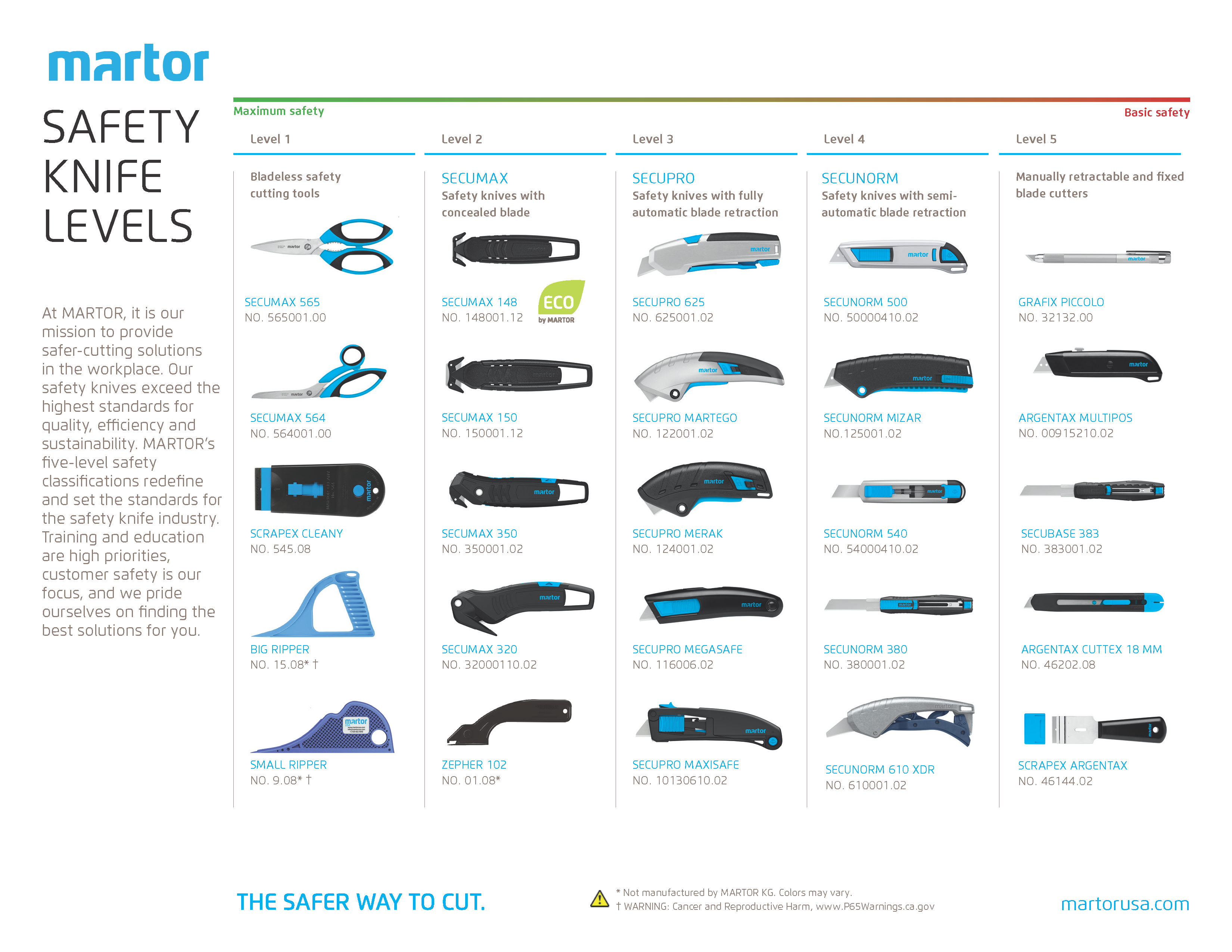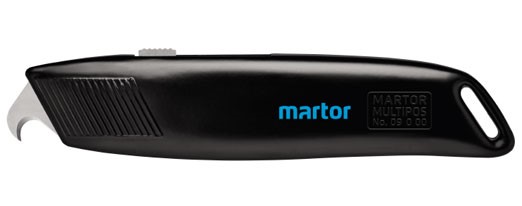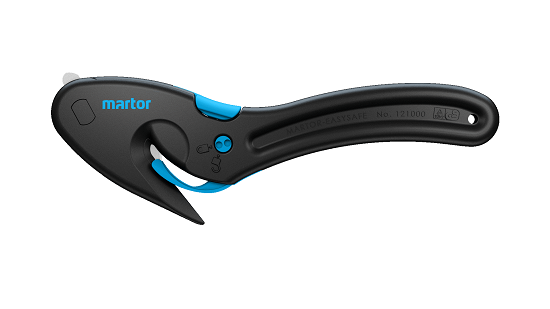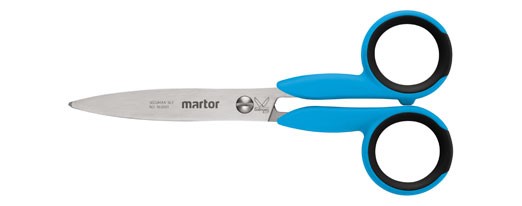
We created a safety level chart so Martor USA customers can know how safe each of our knives are and how they differ from each other. It is then up to managers and safety leaders to decide which level of knife is best for their specific use. As a safety manager, you can decide if you want to use all the levels of the safety chart for your business or restrict some or all jobs to safety knife categories that match your safety goals. Choosing the right tool is not just about giving one safety knife to every worker for all their cutting applications. If they use the wrong knife for the task, the knife is no longer a safe knife. It is critical that every worker knows about the safety knife levels and understands how to use each knife they have access to.
Our levels go from level 1, the safest knives we offer, to level 5, the least safe:
Level 5:These knives are manually retractable or have a fixed blade. Level 5 knives include any fixed blade knives, such as steak knives and other common kitchen knives.
Example: Argentax Multipos

Level 4: These are semi-automatic retractable knives. With level 4 knives the user must take their thumb off the blade push in order to retract the blade.
Example: Secunorm 175 
Level 3: Level 3 knives are fully automatic retractable smart knives where the blade retracts every time it loses contact with the material.
Example: Secupro Merak 
Level 2: The Level 2 knives have sharp blades that are fully concealed. They can easily cut material, but because the blade is concealed they cannot cut body parts of the user or anyone else.
Example: Secumax Easysafe 
Level 1: Our safest knives are the bladeless safety cutters. They do not have sharp blades, but they are still able to cut and rip material.
Example: Secumax 363 
In addition to having a better understanding of Martor USA safety knives, the levels chart is also a great way to change the conversation about knife usage in the workplace. The purpose of having employees use safety knives is for them to avoid injuries while working. However, each worker has to be properly trained on how and when to use each safety knife. If everyone in the workplace discussed knives based on their safety level, it would be easier for workers to identify how to use each knife. For example, if a worker knows they need a Level 3 knife for a certain task, they will immediately know that it is a fully automatic retractable knife and therefore which knife to select.

Please login to comment.
Don't have an account?
Sign Up for free